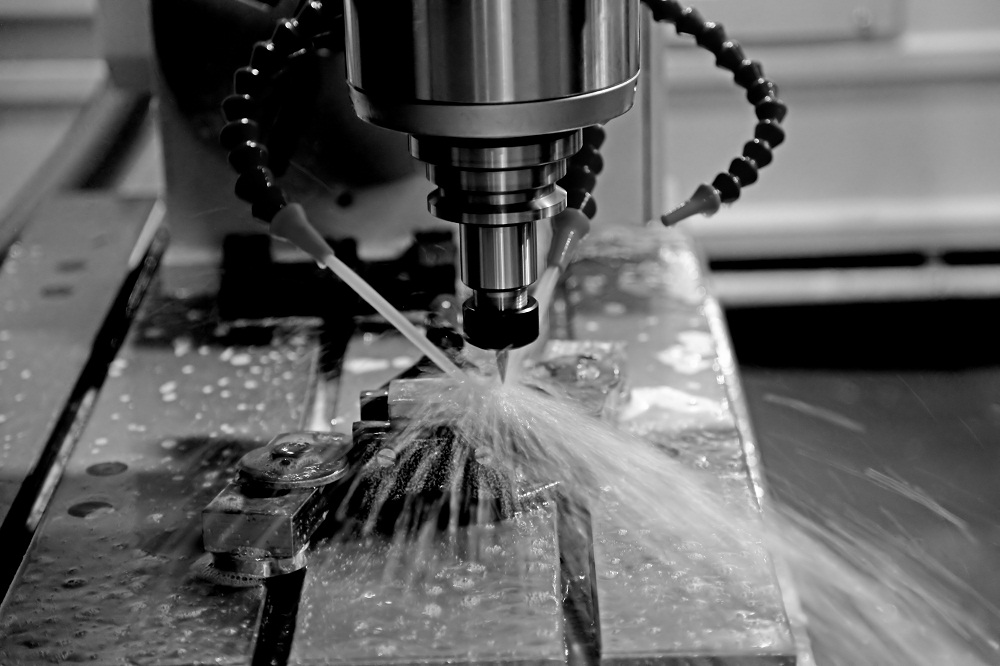
CNC (Computer Numerical Control) technology has been a progressive element of the metal forming industry. It outpaces actions with high precision and repeatability that manual processes can’t perform alone. With a large assortment of CNC-based technologies available in the market, it can be difficult to understand which would work best for your needs.
While CNC milling and turning might seem quite similar in terms of process and results, there is a major difference between the two that you must know to make the best selection. Let’s see a comparison between CNC milling and turning to understand what goes behind in the sphere of metal fabrication.
Differences Between CNC Milling and
Turning
CNC milling is closed related to CNC machining, as it mainly produces parts quickly, smoothly, and economically in comparison to milling. CNC milling is restricted to various motion of the cutting apparatuses. On the contrary, turning isn’t great at conserving material but ensure quick operations and complex design choices.
Let’s understand the difference between the two:
· CNC Milling
CNC milling is a machine progression that produces custom-designed components by eradicating material from the workpiece using revolving multi-point cutting tools and electronic controls. They have three linear degrees of freedom that can move freely around the X, Y, and Z axes although the workpiece ruins motionless. This inadequate dimensional process decreases the speed of processes, making milling perfect for prototyping as well as smaller production runs.
· CNC Turning
CNC turning is a manufacturing procedure that includes holding bars of material in a portion and revolving them although feeding a device to the part to eliminate material until the required shape is accomplished. It is also known as subtraction machining because it completes its work and provides the desired shape by eliminating material.
· Applications of CNC Milling and Turning
Production Capabilities
The production capabilities of CNC milling involve several processes, such as:
· Chemical
· Electrical
· Mechanical
· Thermal
CNC mills provide optimum level of material storage efficiency, which may lead to significant drop in solid expenses and extended machine lifespan. They manufacture products including intricate short-run production parts, precision components and parts, and prototype parts.
While CNC turning is used for conduction operations such as:
· Boring
· Drilling
· Facing
· Grooving
· Knurling
· Parting
Applications
CNC milling and turning both are used in many industries, including:
· Woodworking
· Electrical industry
· Electrical discharge machining (EDM)
· Metal removing (in automotive or manufacturing)
· Material fabrication
CNC milling and CNC turning offer a wide range of options for the specific fabrication of components and parts. Each method comes with its own benefits, making them ideal for different applications.
Uidea Rapid Prototype is a reliable partner that provides professional engineering, CNC machining including CNC milling and turning, sheet metal fabrication or sheet metal prototyping, vacuum casting, and many other rapid prototyping services. We will guide you through the best prototyping and production choices to suit your project and budget.
















